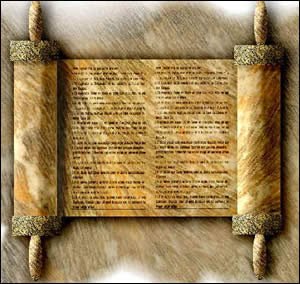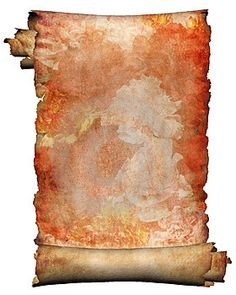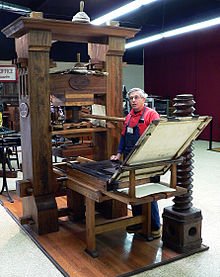The history of the book
The history of the book goes back to 5000 years A.C. The cultures that developed the first ways to preserve their writings were: Egyptian, Mesopotamian and Chinese. These cultures recorded in limestone certain elements such as animals, people and important objects to remember, which are known as pictograms. Then the Sumerians developed the ideograms, which consisted of engraving on clay tablets, certain symbols to convey their ideas and thoughts so that they could be read later.
The oldest books that are known are the clay tablets, these date from the fourth millennium BC. More than 2000 years ago, the people of Mesopotamia already knew how to write on clay plates; they used a cuneiform script, that is, in the form of a wedge, this system was invented by the Sumerians. They record on a wet clay plate, the signs of writing. Using a kind of punch cane, bones and sharp wood, the tablets then dried in the sun or baked in ovens.

Source
Over the years, in ancient Egypt appears a new support for the writing of the time, is a material in the form of paper called "The papyrus", which was lighter and easier to transport, this material it was made from the herbaceous plant of the same name, whose fibers were compressed until reduced to a leaf that was then dried and polished; its length varied, but it used to be 6 to 7 meters. Papyrus was one of the most important export items in Egypt, throughout the ancient world it was written on papyrus scrolls.

Source
Parchment:

Source

Source
The medieval manuscripts:

Source

Source
The book as a means of communication
Atico, a friend of Cecerón, was the first to transform his own writing workshop into an industry; thus a book trade arose in which all profits were for the booksellers. The authors of that time did not write for profit, but to get fame and influence on the highest social class, the aristocracy.
The invention of Gutenberg, made possible the access of the great mass to the written word, which profoundly altered the conditions under which the cultural life of the time was developed. The typography caused a spectacular impact in the world of thought and ideas, the printing press spread with extraordinary rapidity.
Recreated press of Gutenberg en el International Printing Museum , Carson, California:

Source
With the passage of time, the book was becoming an authentic means of social communication, were emerging libraries, the societies of readers and writers.
The book in our days
At the end of the twentieth century, the New Technologies broke out, based on binary codes (0 and 1) giving a new twist to the support of books, understood as reading documents. Nowadays, ebooks are books in digital format based on this technology that, possibly, end up becoming popular as all technological advances throughout history. In spite of everything, this polarization would be based on being a practical and interactive format but still no more economical.Source
The book is still an important means of reading, but today the Internet has caused an impressive revolution through the electronic book that has practically displaced it.
Posted from my blog with SteemPress : http://oscarcede.vornix.blog/?p=82
